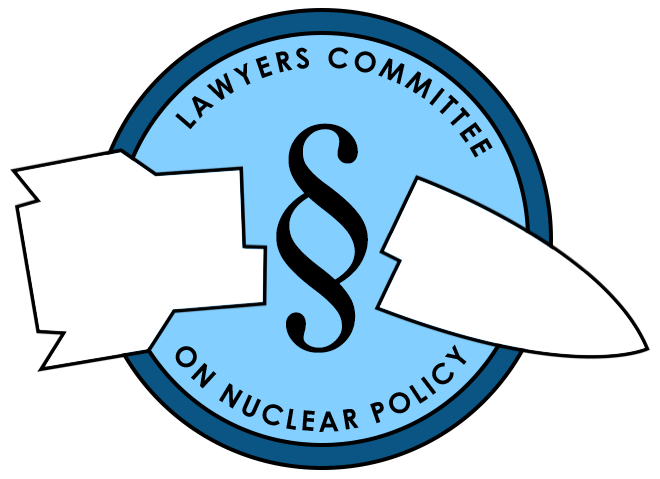Back to Curriculum | Download a PDF version of this module
Last updated May 2022
Objectives/Goals:
Students will come away from this module with a thorough understanding of the intersectionality between climate change and nuclear weapons. Students will analyze how nuclear weapons impact climate change and vice versa on both a technical level and then on a policy level. In this module, students will look at the cases of the Runit Dome and Fukushima as examples of the real world convergence between climate change and nuclear weapons. Important focus areas in this module are: climate change, nuclear power, nuclear waste, nuclear testing, the UN sustainable development goals, and environmental law.
Reading List:
The Climate-Nuclear Nexus, World Future Council (2015)
Public Submission to the Nuclear Regulatory Commission, LCNP (2020)
Spies, Michael, Climate Change and Nuclear Power | Notes | Bibliography, Nuclear Disorder or Cooperative Security, 2007
Climate Change, Nuclear Power, and Nuclear Proliferation: Magnitude Matters, Princeton Plasma Physics Laboratory (2011)
Fossil Fuel Non-Proliferation treaty: https://fossilfueltreaty.org/open-letter
Pirolini, Andrew “How Nuclear Warfare Effects the Environment”
Pravaile, Remus “Nuclear Weapons Test and Environmental Consequences: A Global Perspective” (2014)
Rust, Susanne “U.S. says leaking nuclear waste dome is safe; Marshall Island leaders don’t believe it,” Los Angeles Times
“This Concrete Dome Holds a Leaking Toxic Timebomb” | The Foreign Correspondent
Understanding Human Rights and Climate Change, Submission to the 21st Conference of Parties to the UN Framework Convention on Climate Change, Office of the United Nations High Commissioner for Human Rights
Climate Change and Human Rights: A Primer, The Center for International Environmental Law (2013)
Moruroa Files: Investigation into French Nuclear Tests in the Pacific, INTERPRT, Disclose, and Princeton University’s Program on Science and Global Security (2021)
The Marshall Islands' Two-Front Fight to Survive and Thrive: Climate Protection and Nuclear Disarmament, John Burroughs, Disarmament Times, Vol. 3, No. 2, Fall/Winter 2014
United Nations Secretariat Climate Action Plan 2020-2030, released September 2019
United Nations General Assembly; Paris Agreement, December 12, 2015
Glasgow Climate Pact, Draft decision entitled “Glasgow Climate Pact” proposed under agenda item 2(f) of the Conference of the Parties at its twenty-sixth session.
United Nations Human Rights Committee, General Comment No. 36, on article 6 of the International Covenant on Civil and Political Rights, on the right to life, released 30 October 2018, para 68 and para 62
UN Human Rights Council Resolution 48/13 Right to a clean, healthy and sustainable environment, released October 2021
CESCR General Comment No. 14, The Right to the Highest Attainable Standard of Health, released August, 2000
Questions for Discussion:
What are the linkages between climate change and nuclear weapons? How do they impact one another?
How have the Human Rights Council and the Human Rights Committee approached climate change, and has this approach been effective?
What benefit is there in looking at disarmament through an environmental law lens?
How can we use environmental law to promote nuclear abolition?
How did the Fossil Fuel Non-Proliferation Treaty model its composition after the Nuclear Non-Proliferation Treaty? Was this an effective strategy?

